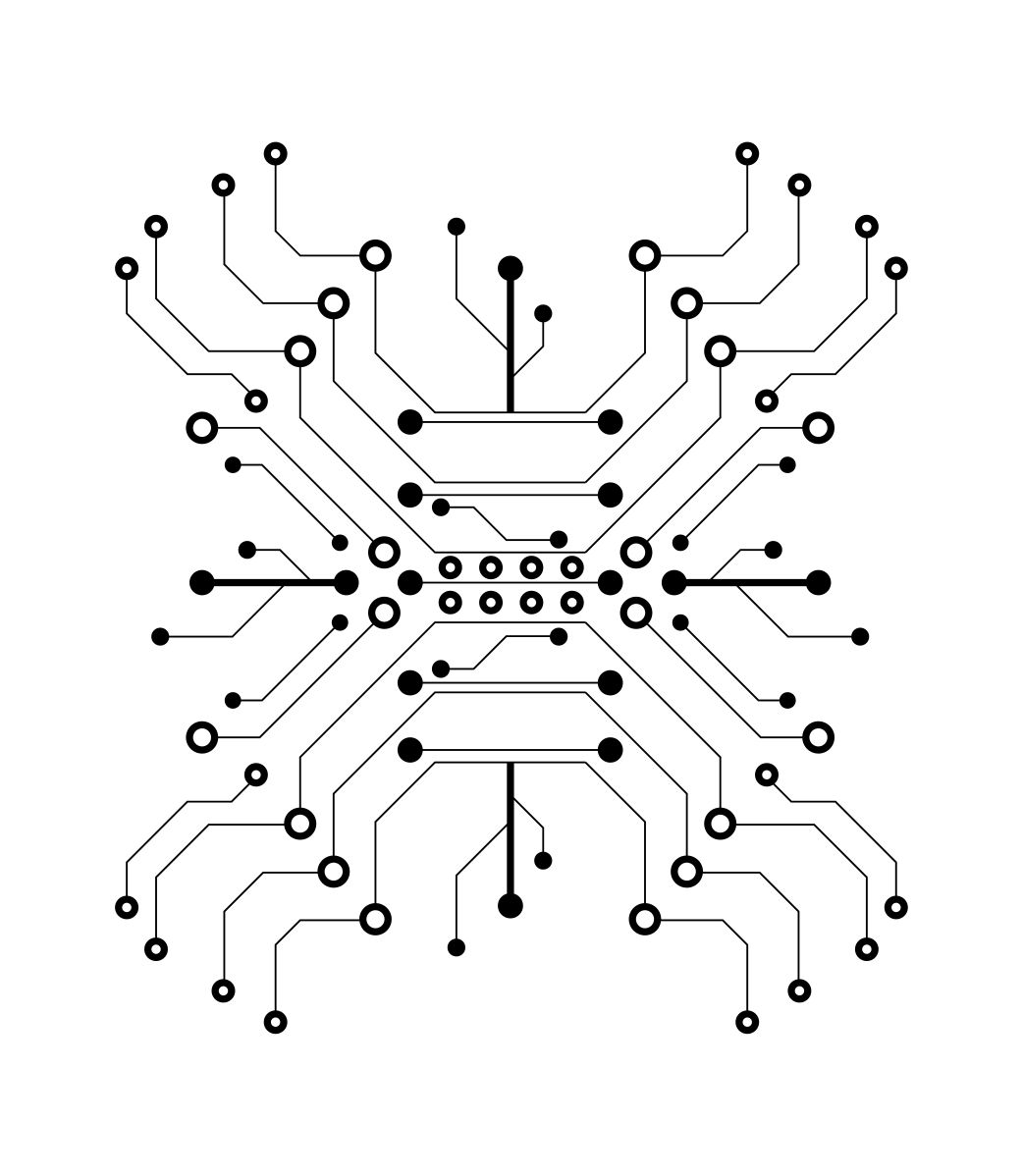We connect applications effectively



Let’s make RabbitMQ less abstract
RabbitMQ lets you create message queues that various applications like web services can connect to for exchanging messages. These messages can contain any type of information – like instructions to start a cloud service process, even if that service runs on a server in another datacenter. The message delivery system is flexible – something as simple as an SMS could trigger an advanced web service like web scraping to collect and organize data from multiple websites into a pivot table.
How web services work
RabbitMQ helps when web servers need quick response times by eliminating resource-heavy operations. Basically, users don’t have to wait around for results. To understand this better, let’s examine two web service models:
1. Monolithic Architecture, as the name already suggests, everything runs as one big service. While simple initially, making changes becomes complicated since all components are tightly connected. A small tweak might break the entire service.
2. In Microservices Architecture, functionality gets divided into smaller, independent services that handle specific tasks. This is easier to maintain and develop, but raises the question: how do these microservices communicate?

Visualizing RabbitMQ
RabbitMQ manages communication between these web services. Imagine the circles representing EasyData’s various web services – applications handling specific functions. These connect through RabbitMQ to exchange messages containing different types of information or instructions.
Internal Communication
Messages might contain process instructions for cloud services anywhere in the world. The flexible system could trigger advanced web scraping from a simple SMS, collecting data into organized spreadsheets. Regardless which cloud components you use, RabbitMQ facilitates their communication, making it easy to add, scale, modify or remove functions without disrupting the whole system.
The Middleman
RabbitMQ acts as messenger between services – receiving from one and passing to the next to complete tasks. This modular approach lets different machine learning networks submit their results to a central evaluation point (itself a web service) which determines the best outcome before RabbitMQ forwards it.
Asynchronous Processing
RabbitMQ shines when servers need quick responses, handling resource-intensive tasks in the background so users aren’t left waiting.
Supported Protocols
RabbitMQ works with standard protocols like AMQP (default), MQTT, and STOMP. This protocol flexibility makes it popular among IT architects for its wide applicability and easy installation. Major companies like Zalando, WeWork, and IBM rely on it for their microservices.

RabbitMQ isn’t Unique
While RabbitMQ isn’t unique (Apache Kafka is another open-source option), choosing depends on your specific needs – a decision best made by experienced IT infrastructure architects. Luckily, EasyData has several such experts available for your projects beyond our standard work.
Want to know more? We’re happy to share our expertise.



